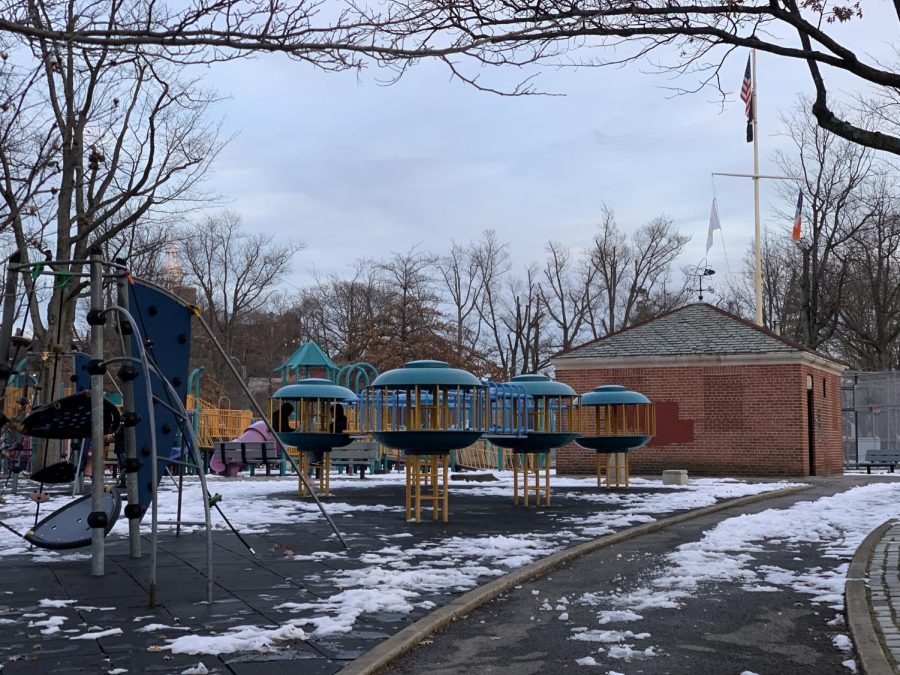Should All NYC Public Schools Follow One Set of COVID-19 Guidelines?
After recent news of Coronavirus guideline changes in NYC, students and teachers have to, once again, readjust to new systems.
A park next to a New York City public school in Queens would normally be bustling with students playing. Currently, it is entirely quiet, as students are learning remotely from home.
On November 19, 2020, public schools in New York City temporarily closed due to the spike in COVID-19 cases, and students in blended learning were all transferred to a remote learning schedule. On December 7th, 2020 certain schools in the lower grades were given permission by the Department of Education (DOE) to return to blended learning. Abrupt changes to this plan were expected , as COVID-19 cases continued to vary in magnitude each day. This begs the question: what is the effect of this current method of closing and reopening schools on students and their learning, and should individual schools be able to make their own decisions?
Students are tired of having their schedules altered, and it is becoming increasingly more difficult for them to adapt to these changes. The same goes for parents, especially those of younger children. Having to take kids out of school and keep them home is difficult, and not many parents have a flexible work schedule that allows them to watch their children, thus causing stress for both the parents and the children. Moreover, younger children thrive on interactions with other children to learn, experiences they have been robbed of due to the Coronavirus pandemic. “I want to go back to school soon, but I am scared that my new friends won’t like me anymore,” said Katie Lim, a middle school student who has only stepped into her school building for a few months before having to switch to remote learning.
Schools should be given some power to decide whether or not to continue in-person learning. The differences in the number of students physically attending school should be a factor that determines if schools could remain open or not. Schools that are more than half full make it difficult for students to social distance and stay safe. But would these statistics work if one school is made up of 40 students compared to a school that is made up of 3,000 students? Basically, it is a case-by-case situation. There is a difference between a school that is more than half full compared to a school that is not even a quarter full; they should not have to follow the same guidelines, but have some freedom to decide for themselves whether to close or not.
Some private schools have decided to open full-time, but some have been caught not following the provided safety rules (universal mask wearing and social distancing). This serves as an important example of what should not happen when public schools are given the choice of choosing to stay in a blended routine. Certainly these private schools are not required to follow the public school guidelines, but they should be mindful of the rising COVID-19 cases and the risks of contracting the virus.
Recently, Pfizer and Moderna have released vaccines for COVID-19 that were given emergency clearance by the FDA. Vaccine distribution has begin, with current priority for frontline healthcare workers and the elderly in nursing homes. Although only a limited number of vaccines have been released for each state so far, people are hopeful that this vaccine may help us to eventually end the pandemic and resume our normal routines.
What is the effect of this current method of closing and reopening schools on students and their learning, and should individual schools be able to make their own decisions?
Ashley Lim is a Copy Chief for 'The Observatory' yearbook. She finds journalism to be a brilliant form of writing that reaches readers in an informative,...

